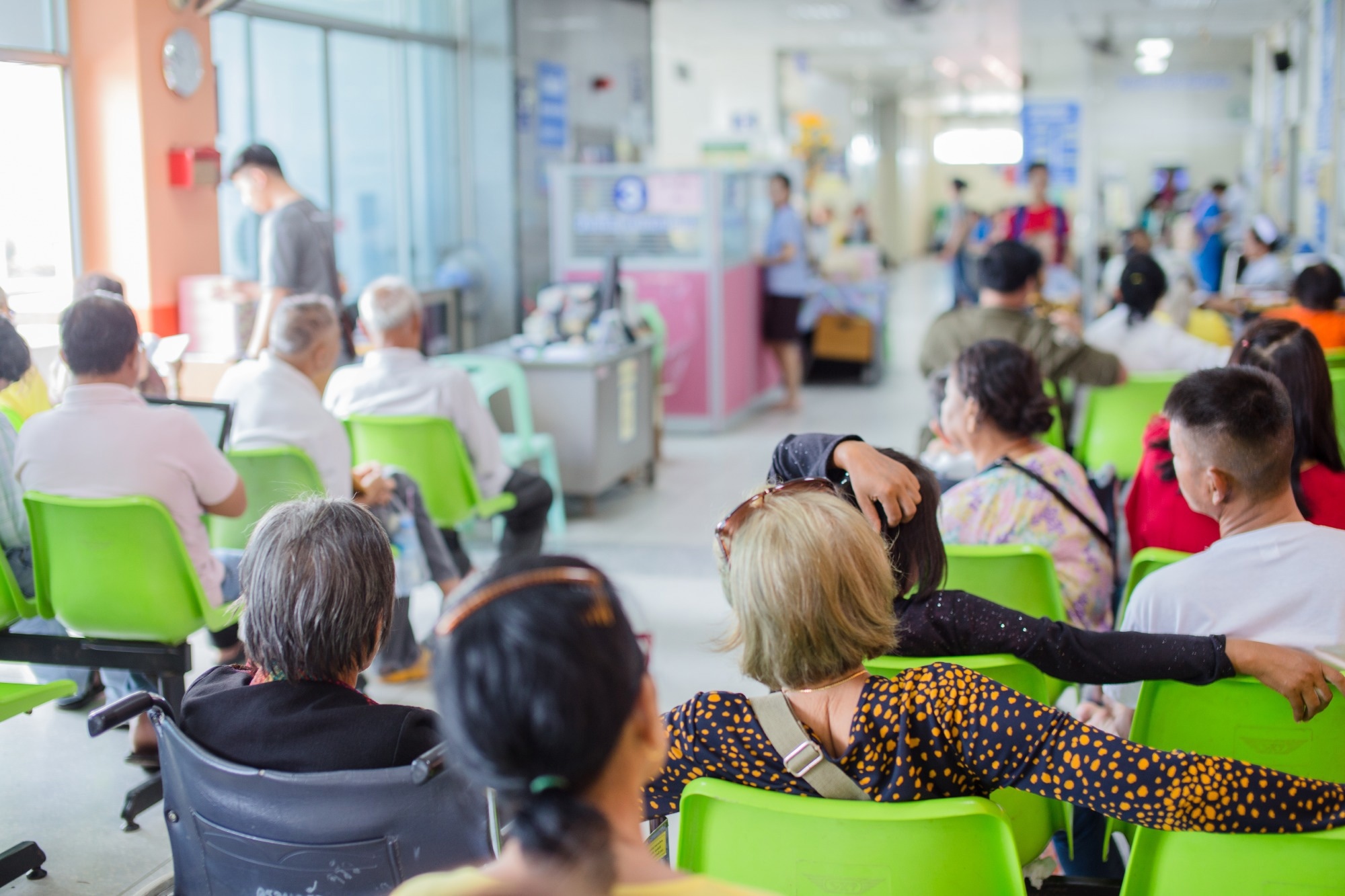The use of waiting areas as a place to contribute to health literacy

In an article published in the Health Promotion International Journal, researchers reviewed how waiting areas of primary care or outpatient health services can improve health literacy among consumers attending appointments.
 Study: Do health service waiting areas contribute to the health literacy of consumers? A scoping review. Image Credit: Medical-R/Shutterstock.com
Study: Do health service waiting areas contribute to the health literacy of consumers? A scoping review. Image Credit: Medical-R/Shutterstock.com
Background
The level of ability an individual has to obtain, process, and comprehend fundamental health information and services necessary to make sound health choices is known as health literacy. Increased healthcare costs, poor health outcomes, and less usage of preventative interventions are all linked to low health literacy.
Healthcare waiting areas are a frequent setting where consumers access health resources, information, and support. Nevertheless, the significance of waiting areas in enhancing health literacy and associated outcomes is uncertain.
Although prior studies indicated that waiting areas could be leveraged to provide consumers with health information and resources, there is limited data on how these interventions impact health literacy and linked outcomes.
About the study
In the present study, the authors explored the impact of waiting spaces in health service settings in improving health literacy and associated outcomes of adult consumers making health appointments. The study also focussed on mapping the kinds of interventions that target health literacy and associated outcomes in health service waiting rooms and the impacts of those initiatives.
The research consisted of studies published after 2010 on health literacy responsiveness or health literacy in waiting spaces for adult consumers in primary care or outpatient health services.
A scoping review of the literature from ten bibliographic databases, web sources, one full-text archive, and dissertation repositories was conducted to find pertinent publications.
In addition, the study had a two-stage screening procedure in which two reviewers separately examined titles, abstracts, and full-text articles to determine relevant studies.
A data extraction form was used to collect data on the study population, design, outcomes, results, and intervention from the included publications. The team employed a narrative synthesis to summarize the results of the included papers and pinpoint gaps in the study that call for additional investigation.
Results
Since the current study is a scoping literature review, it does not offer original research results. Instead, the publication summarizes the results presented in the included papers and points out areas of the literature that still need to be explored. Of the 5,095 studies yielded from the literature search, 23 articles were included in the final analysis after screening.
The review discovered that waiting rooms in healthcare facilities frequently offer consumers health services, information, and support. Nonetheless, the effectiveness of waiting areas in enhancing consumer health literacy and the associated outcomes is still unknown.
The research found several themes about the use of waiting rooms to raise health literacy and linked outcomes, including the types of health literacy interventions implemented in health service waiting areas, the measured outcomes, and the efficacy of these interventions.
The authors identified that a range of health literacy interventions have been implemented in health services waiting spaces, such as using digital technologies, the involvement of community health workers or peer educators, and the using health information materials like pamphlets.
They found a variety of outcomes that have been assessed in studies of health literacy interventions in waiting rooms, like self-efficacy, changes in knowledge, health outcomes, and health behaviors.
In addition, the team discovered that the effectiveness of health literacy interventions in waiting rooms differed widely among studies, with some interventions having a favorable influence on health literacy and linked outcomes, whereas others had little to no effect.
Conclusions
The study discovered that consumers frequently get health resources, information, and support in healthcare waiting rooms. Nevertheless, its impact on health literacy and associated outcomes is yet unknown.
While the present scoping review found that health service waiting areas might influence consumers' health literacy and linked outcomes, additional studies are needed to identify the most effective kinds of interventions and how they can be tailored to meet the requirements of various populations.
Future studies in this discipline should concentrate on developing and analyzing interventions specifically suited to the needs of diverse cohorts and health conditions and investigating how these interventions affect a variety of health literacy and corresponding outcomes.
Of note, the limitations of the current review include excluding articles published before 2010 and the likelihood of publication bias in the included papers.
-
McDonald, C. et al. (2023) "Do health service waiting areas contribute to the health literacy of consumers? A scoping review", Health Promotion International, 38(4). doi: 10.1093/heapro/daad046. https://academic.oup.com/heapro/article/38/4/daad046/7223742?searchresult=1&login=false
Posted in: Medical Science News | Medical Research News | Medical Condition News | Healthcare News
Tags: Consumer Health, Efficacy, Healthcare, Primary Care, Research

Written by
Shanet Susan Alex
Shanet Susan Alex, a medical writer, based in Kerala, India, is a Doctor of Pharmacy graduate from Kerala University of Health Sciences. Her academic background is in clinical pharmacy and research, and she is passionate about medical writing. Shanet has published papers in the International Journal of Medical Science and Current Research (IJMSCR), the International Journal of Pharmacy (IJP), and the International Journal of Medical Science and Applied Research (IJMSAR). Apart from work, she enjoys listening to music and watching movies.